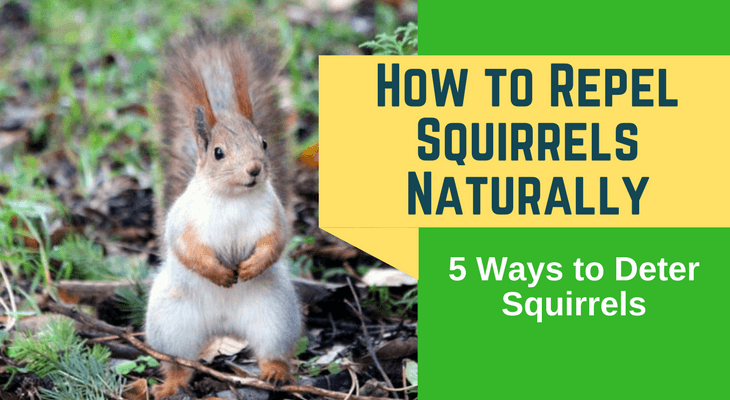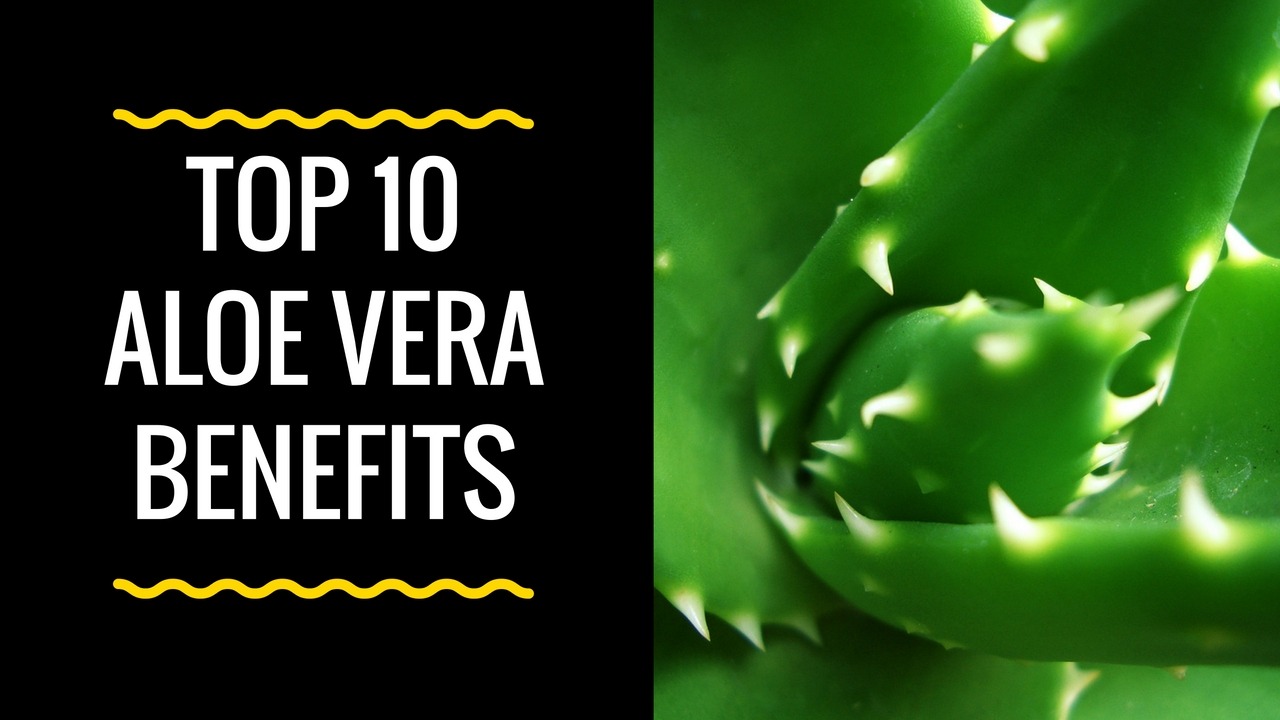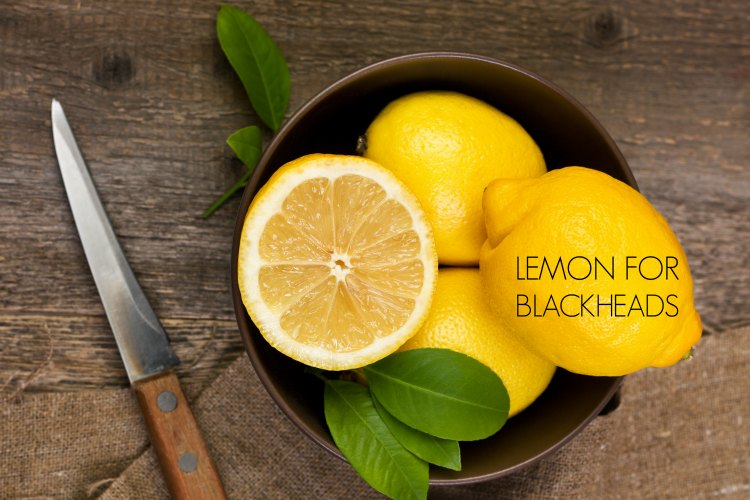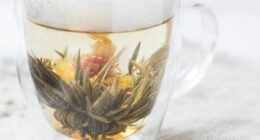
In almost every region across the globe, nature gives us the necessities for survival. Foods to eat. Medicine to heal. In some places, provision is ample, in others quite meager – it takes knowledge, common sense and ingenuity to find them. In this post, we didn’t include all of them, a task fit for not a single, but many books. However, here you will learn about some of the most common and easiest to obtain, particularly here, in North America.
Animals
You can eat all birds, however, some taste a lot better than others. Game birds, such as grouse, pheasants, patridges, ducks, geese, and ducks are best. It is also easy to find wild sheep, who live in small flocks on high alpine pastures and steppes of North America. It is best that you avoid deers and wild pigs since both can inflict serious injury. Wild pigs are easy to spot if you listen for their snores (no pun intended).
Hares and rabbits are the easiest to catch. Most shelter in burrows, often in huge numbers and using well-worn runs. Young ones usually lie still in the wilds. Beavers are also good to eat, particularly their tails. They are chunky, dam-building aquatic animals. In nature, you can also sustain yourself on porcupines, squirrels, opossums, and raccoons – all present here in North America.
Archery and Hunting
The best way to hunt animals is with a bow and arrow, as traps require a lot of preparation and skill, besides being dangerous to other people. Although you can use a makeshift wooden bow, compound bows are superior in almost every aspect. You can see more about them @ https://www.shootingandsafety.com/best-compound-bow/.
When you’re hunting, you should always proceed as silently as possible. Travel in a slow manner and stop often. Carry your weight on the rear foot in order to be able to test the next step with the toes before you transfer your weight. This will allow you to avoid stumbles and lower the amount of noise you create. Quick or sudden movements can startle the animal. You should also hunt against the wind, or at the minimum across it.
Fish
Fish are a valuable food source, containing vitamins, protein, and fats. Every freshwater fish is edible. Some eat other fish, while others eat worms and insects, however, all can be attracted and hooked with appropriate bait. Although, you will need to practice your angling skill if you want to be successful.
The signs that show that fish are feeding, and hence will likely take a bait, are:
- When they jump out of the water.
- When you see regular clear ring ripples breaking out.
- Where lots of little fish are darting.
If the water is low and the weather is hot, search for them in deep pools and shaded water. If cold, select a shallow place where the sun is warming the water. Fish also like to hide under rocks, submerged logs and under banks of rivers.
Trees
Trees give you fruits, nuts, and other sustenance, especially in areas where you can’t find a lot of other plant life. The thin inner bark (cambium) of particular is both nutritious and edible, although mostly in the spring when the sap begins to flow. Select bark close to the bottom of the tree or where the roots are exposed. Peel the bark back with a knife in order to expose the inner layer. It is mildly sweet and you can eat it raw, although it is more digestible when you boil it for long since this will reduce it to a gelatinous mass.
You can then roast this mass or ground it to serve as flour. Outer bark has too much tannin to be edible. Trees with the best inner bark are as follows:
- Aspens,
- Poplars,
- Birches,
- Willows,
- Maples,
- Spruces,
- Pines,
- Basswood,
- Slippery Elm.
Edible Plants
While there are many edible plants, remember that although you can eat one part of the plant, another may be poisonous. You should always test stems, leaves, fruits, and roots separately.
Regarding fruits, you can find Gooseberries and Currants in scrub, woods and waste areas. They have a medium size, often accompanied by bushy shrubs with toothed leaves looking like those of a maple. Cook gooseberries – ripe currants can be eaten raw.
Horseradishes are found in damp waste areas, grow up to 20 inches, and have long-stalked, wavy-edged oval leaves, and clusters of small white flowers. Chop their hot-tasting root and add it to stews, and eat young leaves either as boiled or raw. Hops climb plants of scrubby and woody areas, have lengthy twisting stems, and toothed leaves. Peel, cut and boil the young shoots, while its flowers can be brewed.
Insects
Insects often serve as the most reliable animal food source. While tiny, they are present almost everywhere and so plentiful you can easily prepare a meal out of them. Rich in protein, fat, and carbohydrates, they give more food value than vegetables. This is particularly true for larvae. If you can overcome your squeamishness, the best ones to eat are:
- Grasshoppers,
- Locusts,
- Beetles,
- Crickets,
- Ants,
- Termites,
- Honey bees,
- And different aquatic insects.
Most of them are inactive during the heat of the day. However, they will emerge to collect moisture if it is raining. You can find in nooks and crannies of trees or behind the bark, as well as in the seed pods and tissues of plants and in any wet shady spots. Some are also present on the beds of streams and pools. Termites’ and ants’ nests are usually immediately recognized as dirt mounds.
Medicinal Plants
Natural remedies are available for many human diseases if you know where to look. Garlic is the best antiseptic you can find in nature – their smell will lead you to them. It has lengthy, strap-like leaves that arise from the bulb, and a long stem topped with a cluster of small white or pink flowers. This bulb is a strong antiseptic: you can dilute it with water for wound and swelling treatment, or eat garlic to prevent and treat colds. Moreover, it is also a powerful antibiotic.
For intestinal problems, Goosegrass or Cleavers work best. They have lengthy prickly stems, small white flowers and narrow prickly leaves, and are widespread on woody, moist, and waste areas. When young, you can boil them and eat like spinach, or make tea in order to ease constipation. Whole Marsh Mallow is excellent for chest complaints while rubbing its bruised leaves will soothe insect bites.
Was this article helpful for you? Do you have any suggestions about the article? Then share it with us in the comments section below.









